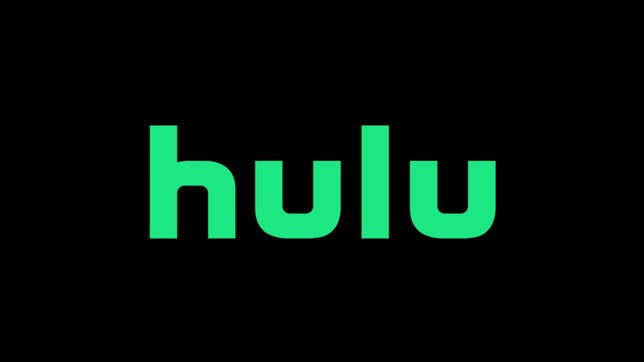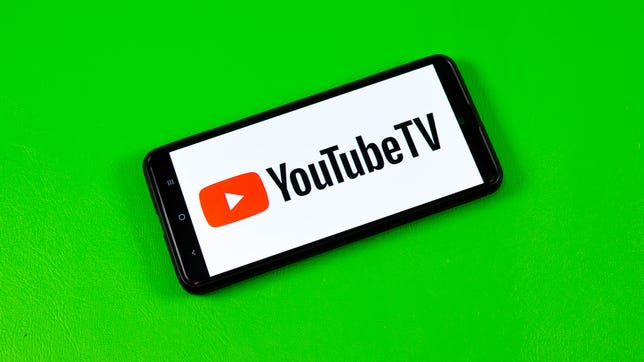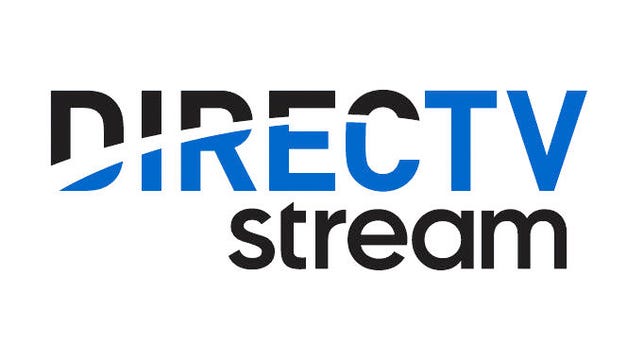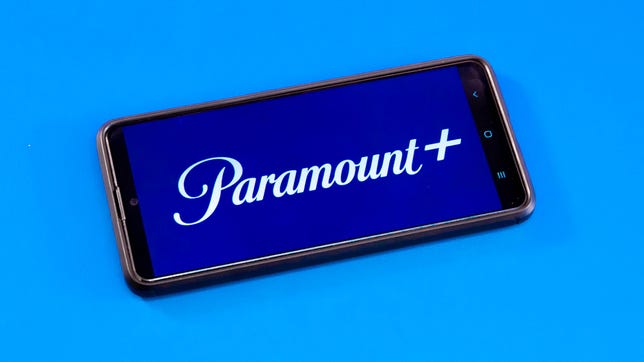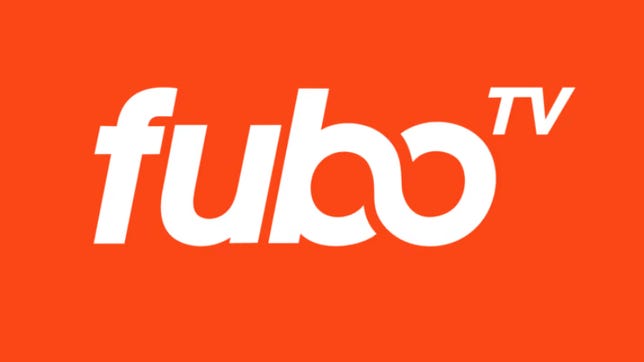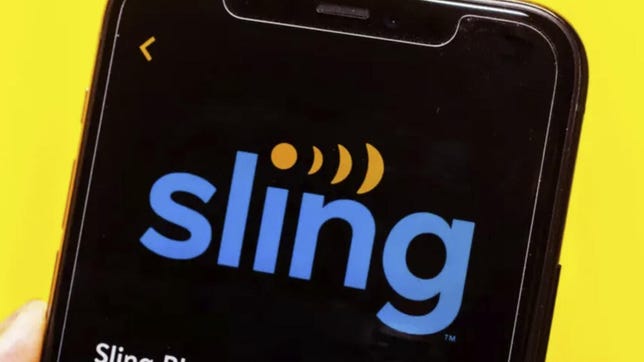Technologies
March Madness 2023: Schedule, Bracket, Livestream Elite Eight Tonight on TBS
The NCAA men’s basketball tournament continues Saturday with two more games.

If you picked a top seed to win it all, consider your March Madness bracket busted. For the first time in NCAA men’s basketball tournament history, not one of four No. 1 seeds has advanced to the Elite Eight. Purdue and Kansas lost earlier, and on Friday the final two top-seeded teams, Alabama and Houston, were upset by a pair of No. 5 seeds, San Diego State and Miami.
The stage is set for the four Elite Eight games this weekend, starting tonight. The highest remaining seed is a No. 2, Texas, while the lowest is No. 9 North Florida Atlantic. If you picked half of this bracket, you probably won your pool already.
Here’s everything you need to watch and livestream March Madness, from the Elite Eight to the Final Four and the national championship game.
What is the March Madness TV schedule?
The schedule and channels for this weekend’s Elite Eight games are listed below (all times ET).
Saturday, March 25
- No. 3 Kansas State vs. No. 9 Florida Atlantic, 6:09 p.m. on TBS
- No. 3 Gonzaga vs. No. 4 UConn, 8:49 p.m. on TBS
Sunday, March 26
- No. 5 San Diego State vs. No. 6 Creighton, 2:20 p.m. on CBS
- No. 2 Texas vs. No. 5 Miami (Fla.), 5:05 p.m. on CBS
Here’s the remaining schedule afterward (all games are on CBS):
- Final Four: Saturday, April 1
- NCAA championship game: Monday, April 3


Christian Bishop scored 18 points in Texas’ win over Xavier, helping propel the Longhorns into the Elite Eight.
Jamie Squire/Getty ImagesWhat does the March Madness bracket look like now?
One No. 2 seed (Texas) is still alive, along with two No. 3 seeds (Gonzaga and Kansas St.) and one No. 4 seed (UConn).
No. 9 Florida Atlantic and No. 6 Creighton, along with No. 5 Miami and No. 5 San Diego State, round out the Elite Eight.
The full, updated bracket can be found on the NCAA’s website.
How can I watch March Madness?
The rest of the tournament will be shown on CBS and TBS.
Which channel is broadcasting the Final Four?
The Final Four and national championship game will air on CBS and stream on Paramount Plus.
Can I stream March Madness for free?
Go to the NCAA’s March Madness Live site or use its March Madness Live app and you’ll be able to watch games for free. You can watch March Madness Live on iOS and Android devices along with Apple TV, Roku, Fire TV and Xbox One. The app also supports AirPlay and Chromecast.
As with most things that are free, there’s a catch. Without proving you’re a pay-TV subscriber, you get only a three-hour preview, after which point you’ll need to log in to continue watching.
What are my other streaming options?
You can use a live TV streaming service to watch March Madness. Three of the five live TV streaming services offer the two channels needed to watch every tournament game, but keep in mind that not every service carries every local network, so check each one using the links below to make sure it carries CBS in your area.
You can also use Paramount Plus to watch some, but not all, of March Madness. Only the games shown on CBS are available on Paramount Plus.
Hulu
Hulu with Live TV costs $70 a month and includes CBS and TBS. Click the «View channels in your area» link on its welcome page to see which local channels are offered in your ZIP code. Read our Hulu with Live TV review.
Sarah Tew/CNET
YouTube TV costs $73 a month and includes CBS and TBS. Plug in your ZIP code on its welcome page to see which local networks are available in your area. Read our YouTube TV review.
DirecTV Stream
DirecTV Stream’s basic $75-a-month plan includes CBS and TBS. You can use its channel lookup tool to see which local channels are available where you live. Read our DirecTV Stream review.
Paramount Plus, CNET
Paramount Plus costs $10 a month for its Premium plan and will show March Madness games broadcast on CBS, including the Final Four. You can’t, however, watch the rest of the tournament shown on TBS with Paramount Plus. Read our Paramount Plus review.
Fubo TV
FuboTV’s basic plan costs $75 a month and includes CBS but not TBS. It’ll let you watch half the Elite Eight games and both Final Four games as well as the championship game. Click here to see which local channels you get. Read our FuboTV review.
Sling, CNET
Sling TV’s $40-a-month Blue plan includes TBS, but none of its plans include CBS, which means you can’t watch the culmination of March Madness on Sling. Read our Sling TV review.
All the live TV streaming services above offer free trials, allow you to cancel anytime and require a solid internet connection. Looking for more information? Check out our live TV streaming services guide.
Technologies
Give the Gift of Great Sound With Sennheiser Headphones at a 60% Black Friday Discount
The Sennheiser Momentum 4 headphones are now down to a record low price of $179 this Black Friday.

Spending this Black Friday shopping for a holiday gift for an audiophile? With tons of items on sale, there are plenty to chose from. Sennheiser is behind some of the best wireless headphones you can buy, but its headphones can be prohibitively costly.
But for two days only, Woot is running a Black Friday deal that brings the Sennheiser Momentum 4 headphones down to $179 from the original $450 price. The Sennheiser Momentum 4 headphones are for audiophiles who want great quality and comfort. You have to be quick, as this deal ends on Nov. 30, or sooner if supplies run out.
Sennheiser Signature Sound gives you rich, balanced audio, and the companion Smart Control app lets you fine-tune the sound to your liking. Adaptive noise cancellation keeps outside distractions at bay, making these headphones great for work, commuting or just zoning out at home. The battery lasts up to 60 hours at moderate volume, and the voice-calling quality is solid, so you can rely on them for everyday use.
Hey, did you know? CNET Deals texts are free, easy and save you money.
If this style of headphones isn’t your cup of tea, then maybe a pair of the best wireless earbuds will be better suited to your needs. If you’re shopping on a budget, check out our roundups of the best gifts under $100, $50 and $25 to see more great gift-giving ideas.
HEADPHONE DEALS OF THE WEEK
-
$248 (save $152)
-
$170 (save $181)
-
$199 (save $150)
Why this deal matters
This deal surely won’t last. Sennheiser has made a name for itself as one of the best in the audio business, and that’s clear with the Momentum 4 wireless headphones. They offer adaptive noise cancellation, a Bluetooth connection and up to 60 hours of playback. When it comes to comfort and quality, it doesn’t get much better, especially with a discount like this.
Join Our Daily Deals Text Group!
Get hand-picked deals from CNET shopping experts straight to your phone.
By signing up, you confirm you are 16+ and agree to receive recurring marketing messages at the phone number provided. Consent is not a condition of purchase. Reply STOP to unsubscribe. Msg & data rates may apply. View our Privacy Policy and Terms of Use.
Technologies
Samsung’s Galaxy Watch 8 Is Now Just $250 in Multiple Black Friday Sales
The Samsung Galaxy Watch 8 is an even better value with this $100 discount.
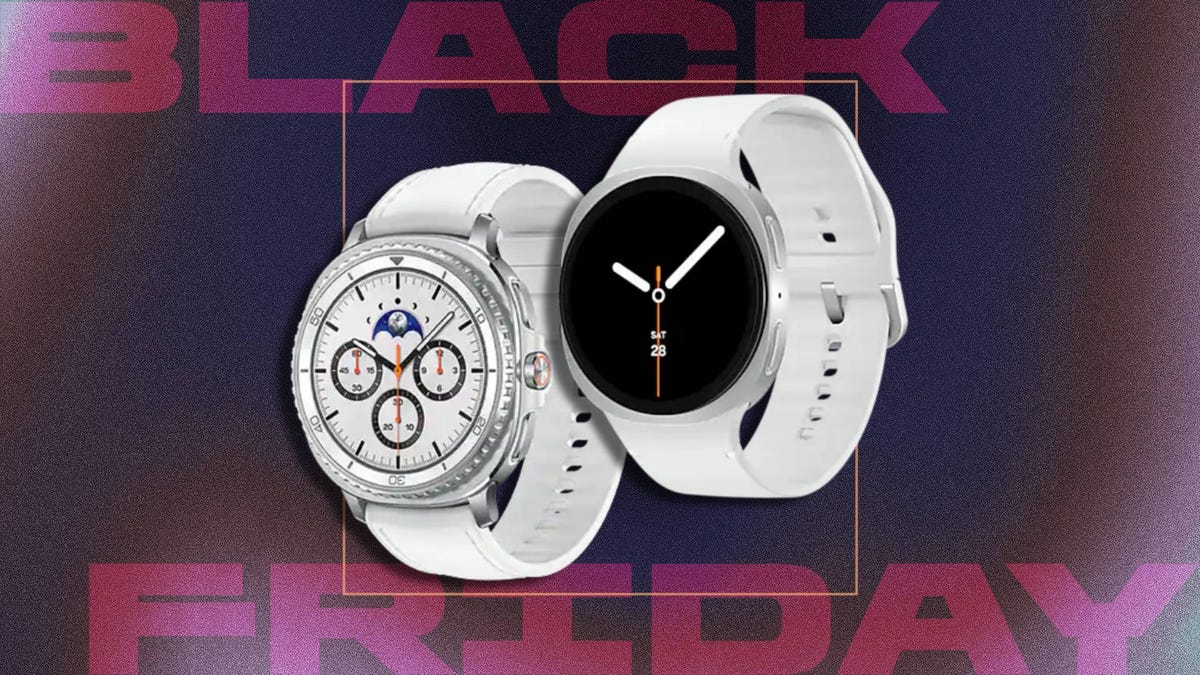
The holiday season is here, and while your fitness goals might not be at the front of your mind right now, January is just around the corner. That means resolutions are upon us, so what better time than now to pick up a new smartwatch? You can get your hands on a new Samsung Galaxy Watch 8 while it’s available for a huge $100 off for Black Friday.
Amazon and Best Buy are both selling the Galaxy Watch 8 at the same $250 price. We can’t promise either deal will be around for long.
Samsung’s latest smartwatch packs serious hardware upgrades over it predecessor. It has a vibrant 46mm AMOLED display that shines up to 3,000 nits, along with 2GB of RAM, 64GB of storage, built-in GPS and advanced fitness tools, including sleep coaching and vascular load monitoring. It’s waterproof up to 50 meters and lasts up to 30 hours on a single charge.
CNET expert Vanessa Hand Orellana praised its refined design, detailed health insights and Gemini AI support, noting that it «has nearly every feature I could hope for.» Just remember, some tools work best when paired with the Samsung Galaxy phone.
SMARTWATCH DEALS OF THE WEEK
-
$339 (save $60)
-
$280 (save $70)
-
$300 (save $50)
-
$150 (save $100)
-
$49 (save $30)
Why this deal matters
The Samsung Galaxy Watch 8 packs serious upgrades for the price. With advanced fitness tools, sleep coaching and daily energy tracking, it’s one of the most feature‑rich smartwatches this year. The $250 price represents a new low for the model and includes a 90-day warranty. But with limited stock, it’s a deal worth grabbing quickly.
Join Our Daily Deals Text Group!
Get hand-picked deals from CNET shopping experts straight to your phone.
By signing up, you confirm you are 16+ and agree to receive recurring marketing messages at the phone number provided. Consent is not a condition of purchase. Reply STOP to unsubscribe. Msg & data rates may apply. View our Privacy Policy and Terms of Use.
Technologies
The Black Friday Gaming Deals Are Here. Shop Now and Save Big on PlayStation, Xbox and Alienware
-

 Technologies3 года ago
Technologies3 года agoTech Companies Need to Be Held Accountable for Security, Experts Say
-

 Technologies3 года ago
Technologies3 года agoBest Handheld Game Console in 2023
-

 Technologies3 года ago
Technologies3 года agoTighten Up Your VR Game With the Best Head Straps for Quest 2
-

 Technologies4 года ago
Technologies4 года agoBlack Friday 2021: The best deals on TVs, headphones, kitchenware, and more
-

 Technologies4 года ago
Technologies4 года agoVerum, Wickr and Threema: next generation secured messengers
-

 Technologies4 года ago
Technologies4 года agoGoogle to require vaccinations as Silicon Valley rethinks return-to-office policies
-

 Technologies4 года ago
Technologies4 года agoOlivia Harlan Dekker for Verum Messenger
-

 Technologies4 года ago
Technologies4 года agoiPhone 13 event: How to watch Apple’s big announcement tomorrow

